Photo
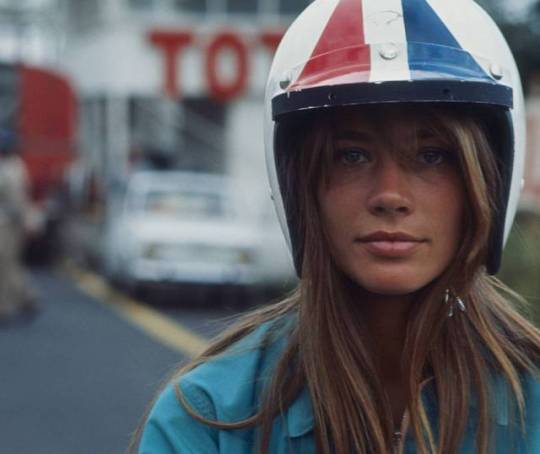
Françoise Hardy on the set of 'Grand Prix'. 1966. #françoisehardy #francoisehardy #grandprix #1960sfilm
3 notes
·
View notes
Photo

The Rex Whistler trophy in the Blue Room at Trent Park. Executed in about 1930.one of these images shows the room before Whistler's work. When finished, the house had a very different feel to Philip Sassoon's earlier house, Port Lympne. @cliveaslet described Trent as having "an appreciation of English reserve". I was lucky enough to be asked to do the analysis of the room, having only known it through old family photographs. #rexwhistler #philipsassoon #houghtonhall #trentpark #cliveaslet #portlympne #winstonchurchill #bevan #trophy #paint #restoration #countrylife #antiquecollector #cholmondeley #1930sdecoration #1930sphotography (at Trent Park)
#winstonchurchill#paint#1930sphotography#portlympne#trophy#houghtonhall#1930sdecoration#philipsassoon#trentpark#countrylife#antiquecollector#cholmondeley#bevan#restoration#cliveaslet#rexwhistler
0 notes
Photo
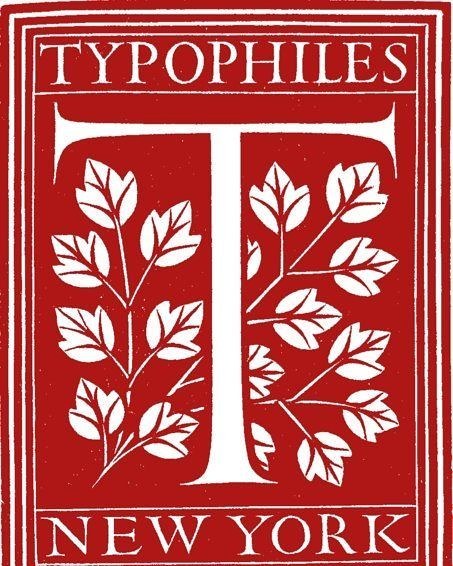
Reynolds Stone. Device for The Typophiles. Wood engraving. 1937 #reyndsstone #typography #typophiles #engraving #newyork (at New York, New York)
0 notes
Photo
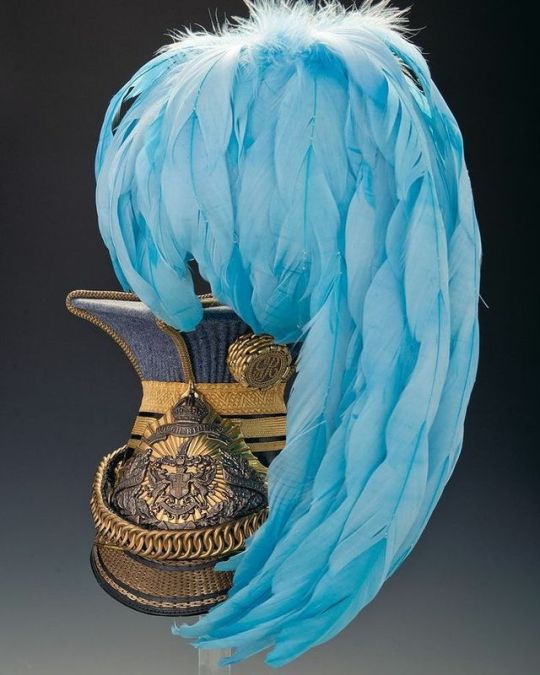
Czapka (Lance Cap) of the City of London Imperial Yeomanry (Rough Riders) ca.1902 #britisharmy #yeomanry #roughriders #czapka #lancecap #uniforms
0 notes
Photo
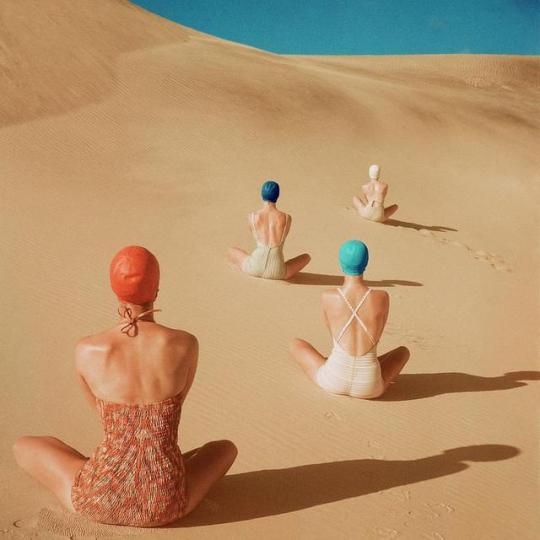
Models sitting on sand dunes in California. Clifford Coffin for Vogue. 1949. #1940sfashion #1940sphotography #cliffordcoffin #sanddunes #swimsuits #california #vogue (at California)
0 notes
Photo
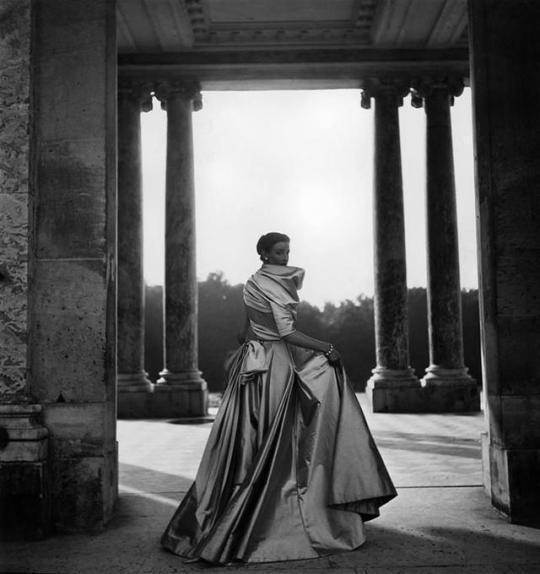
The Christian Dior Coquette dress from the autumn/winter 1948 haute couture collection. Modelled by Wenda Rogerson (Parkinson). Photograph by Clifford Coffin #christiandior #wendarogerson #wendaparkinson #cliffordcoffin #1940sfashoon #hautecouture
0 notes
Photo

If nothing else, I will rest contented to be known as the man who changed the colour of the railings at the Old Royal Naval College from Black to Bronze Green. #greenwich #royalnavalcollege #bronzegreen #black #railings #ironwork (at Old Royal Naval College)
0 notes
Photo

Robert Polhill Bevan (1865-1925). Whisky and Soda. 1914. This is a rare still life by Bevan. In common with several of his Camden Town Group colleagues, Bevan's approach to still-life painting (the close-up presentation, the angled viewpoint, the casual cutting of the composition and the use of outline drawing) reveals the definite, if muted, influence of Gauguin and Cezanne. Bevan had worked with Gauguin in the 1890s. #robertbevan #gauguin #camdentowngroup #cezanne #stilllife #whiskyandsoda #whisky #soda
0 notes
Photo
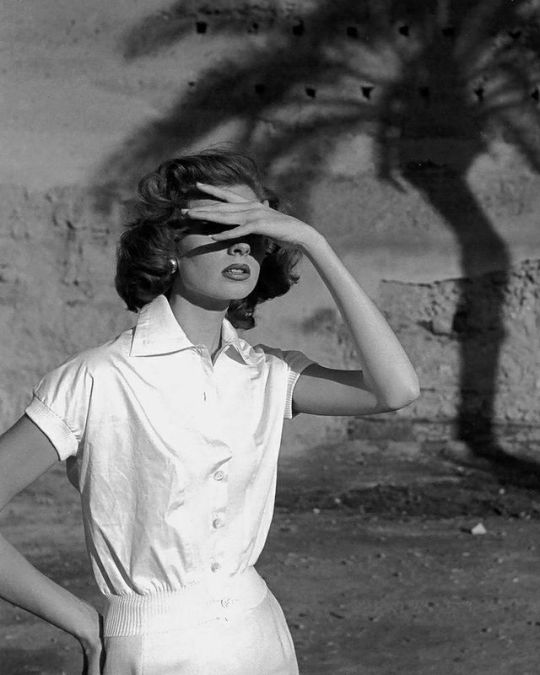
Suzy Parker in Morocco by Georges Dambier. Elle. 1953 #1950sfashion #1950sstyle #suzyparker #georgesdambier (at Morocco)
0 notes
Photo
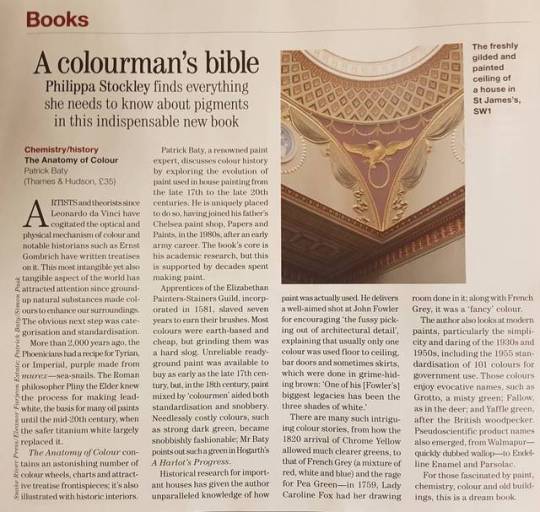
Another jolly nice review for my @anatomyofcolour Thank you @countrylifemagazine #anatomyofcolour #patrickbaty #paint #paintcolours #paintcolors #decoration #colour #color #interiors #paintanalysis #anatomyofcolor #countrylife #philippastockley
#paint#paintcolors#countrylife#color#decoration#colour#paintanalysis#patrickbaty#anatomyofcolour#anatomyofcolor#philippastockley#paintcolours#interiors
0 notes
Photo
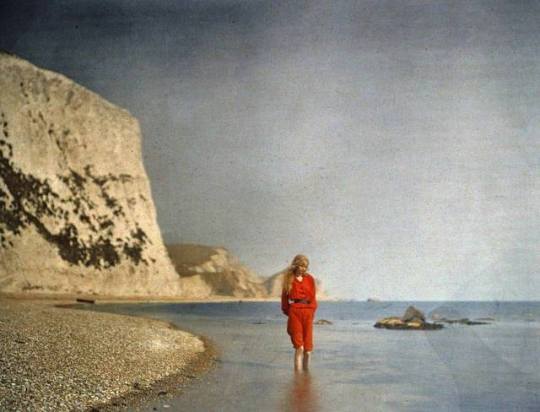
Another of those ethereal images of a young cousin of mine, Christina Bevan (1897-1981). This was taken using the Autochrome process in 1913 #bevan #christinabevan #autochrome #mervynogorman #lulworthcove #lulworth (at Lulworth Cove)
2 notes
·
View notes
Photo
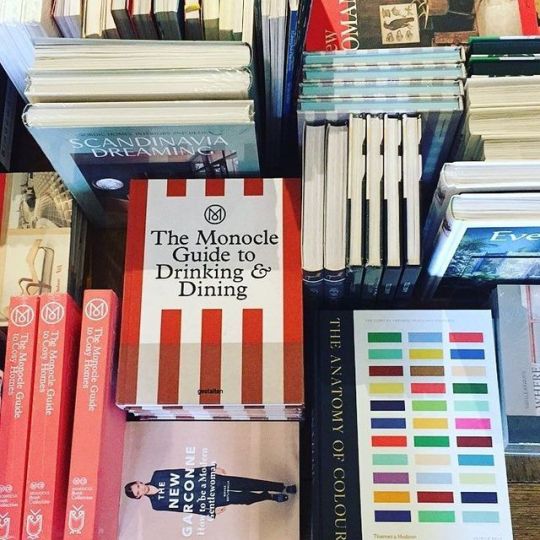
Great to see my book on sale at Article Dublin #anatomyofcolour #patrickbaty #paint #paintcolours #paintcolors #decoration #colour #color #interiors #paintanalysis #anatomyofcolor #articledublin (at Article Dublin)
#paintcolours#articledublin#colour#anatomyofcolour#interiors#paintcolors#paintanalysis#paint#patrickbaty#decoration#anatomyofcolor#color
0 notes
Photo
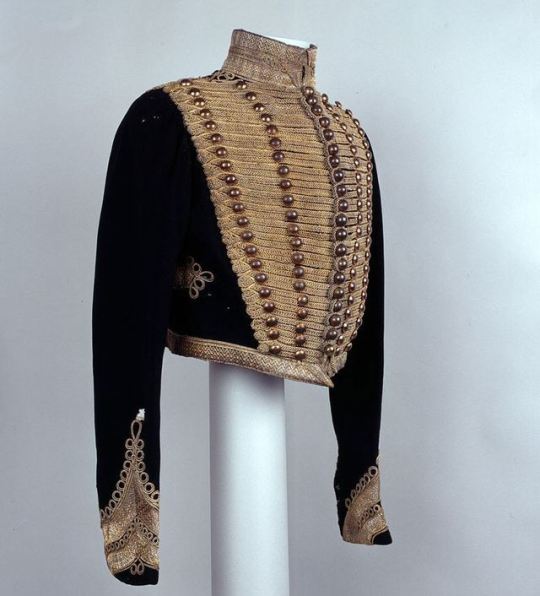
Jacket worn by Lieutenant Colonel(later General) John Wilkie, 10th (The Prince of Wales's Own) Royal Regiment of Hussars. 1854. #cavalry #hussars #uniforms #britisharmy #10thhussars (at National Army Museum)
0 notes
Photo

OTD 1683 the Battle of Vienna took place on Kahlenberg Mountain, near Vienna, after the city had been besieged by the Ottoman Empire for two months. The battle was fought by the Hapsburg Monarchy, the Polish-Lithuanian Commonwealth and the Holy Roman Empire, under the command of King John III Sobieski. The battle marked the first time that the Commonwealth and the Holy Roman Empire had cooperated militarily against the Ottomans, and is often seen as a turning point in history, after which 'the Ottoman Turks ceased to be a menace to the Christian world'. An ancestor, Franciszek Tuchołka, was one of the 'Winged Hussars' who charged. His arms are amongst those of the 102 noblemen who took part in the Battle which are displayed in the Sobieski Chapel on Kahlenberg. #siegeofvienna #battleofvienna #kahlenberg #franciszektuchołka #jansobieski #sobieskichapel #ottomanempire #wingedhussars #poland #hapsburg #holyromanempire (at Kahlenberg)
#battleofvienna#siegeofvienna#franciszektuchołka#sobieskichapel#poland#kahlenberg#hapsburg#wingedhussars#ottomanempire#holyromanempire#jansobieski
0 notes
Photo

Captain Frederick Polhill 1st King's Dragoon Guards 1825
On November the 9th 1825, this officer, for a wager, rode ninety-fivemiles in four hours and seventeen minutes. On the 17th April 1826 Captain Polhill, having undertaken for a match of 100 sovereigns to walk 50 miles, to drive 50 miles, and to ride 50 in the space of twenty-four hours, commenced his arduous task on Monday morning at one o'clock on Haigh Park Racecourse. As his feat had excited much interest in the town, it occasioned the attendance of a numerous and respectable concours of equestrians and pedestrians. At five minutes past eight p.m. the Captain completed his undertaking, having four hours and fifty-five minutes to spare. He immediately stepped into a coach, and amidst respected cheers was drawn to the barracks (a distance of upwards of four miles) by the assembled multitude. Upon arriving at the Barracks, the coach was drawn up at the officers' door, and after the Captain had alighted, the company sang the National Anthem. The whole distance was completed in 186 rounds of three quarters of a mile and 104 yards each. He commenced by walking 19½ miles at the rate of 5¾ an hour. He then drove 10½ miles and so proceeded, walking, driving and riding in succession. The whole time occupied in walking being 10 hours and 21 minutes, at the rate of 4 5/6ths miles an hour; in driving 4 hours and 24 minutes, at 11⅓ miles an hour; and in riding 2 hours and 42 minutes at 18½ miles an hours. Mr Polhill ran the last round, and appeared very little the worse for the exertion.
He was my 1st cousin five times removed.
2 notes
·
View notes
Photo
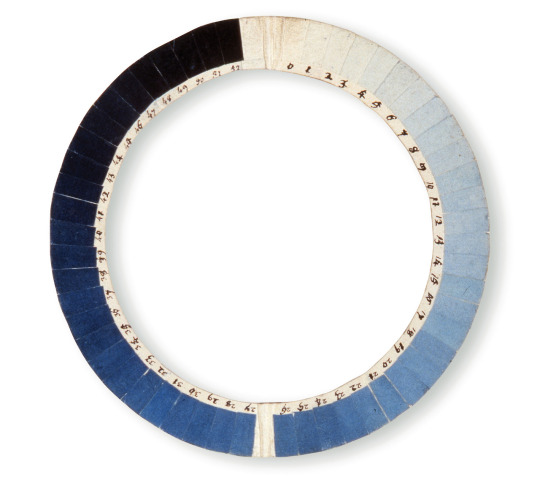
An 18th century instrument designed to measure the blueness of the sky called a Cyanometer. The simple device was invented in 1789 by Swiss physicist Horace-Bénédict de Saussure and German naturalist Alexander von Humboldt who used the circular array of 53 shaded sections in experiments above the skies over Geneva, Chamonix and Mont Blanc. The Cyanometer helped lead to a successful conclusion that the blueness of the sky is a measure of transparency caused by the amount of water vapor in the atmosphere.
10 notes
·
View notes